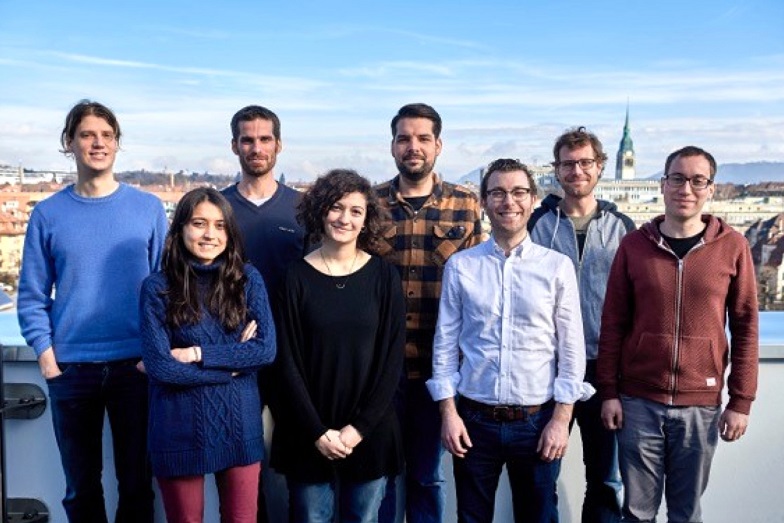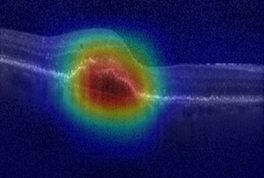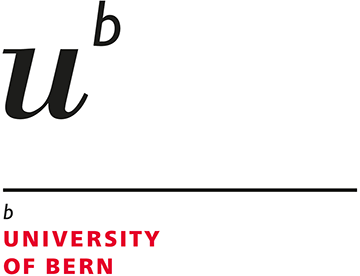My international journey by Raphael Sznitman
Professor Raphael Sznitman is a biomedical engineer and director of the University of Bern's ARTORG Center for Biomedical Engineering.
As head of the Ophthalmic Technology Lab, he and his team are exploring if artificial intelligence or AI could help the 500 million people worldwide that are likely by 2020 to be afflicted by the eye conditions glaucoma, age-macular degeneration and diabetic retinopathy, among other challenges.

“What really attracted me to the University of Bern - and what is a major motivation for me in general to this day - is to be part of the medical faculty.
I see that as actually one of the strongest cards that the University holds because the access to data and clinicians and knowledge is unparalleled to what I have seen even in places that have very large medical schools and engineering schools.
At the Johns Hopkins University, which has a world renowned medical school, the communication between engineers and clinicians is strong. In Bern, it is one step ahead, which makes it very attractive and interesting.
My key driver is that I see a fundamental path to change the way healthcare can be implemented. This is a need that we see in society in general and I think that we are in a time where we can actually do this at least in my small bubble of research.
As for my background, I grew up in Switzerland and am French and Swiss. I then went to Vancouver, Canada, to do a Bachelor's in cognitive sciences.
I was very interested from the beginning in the human organ system but more from the stand point of biology initially. It soon became clear that the right tools did not seem to exist, so this sparked my interest in building artificial-intelligent vision systems.
This led me to the United States, where I did a PhD on the topic of imaging systems, computer vision and machine learning at the Johns Hopkins.
After the PhD, I was a researcher in computer science and applied mathematics. I eventually came back to Switzerland to the EPFL in Lausanne, where I did a postdoc in a computer vision lab.
I was always interested in medicine at the same time and the impact that these vision systems could have in that field.”
Me and my work

Could artificial intelligence help the 500 million people likely by 2020 to be afflicted by the eye conditions glaucoma, age-macular degeneration and diabetic retinopathy?
